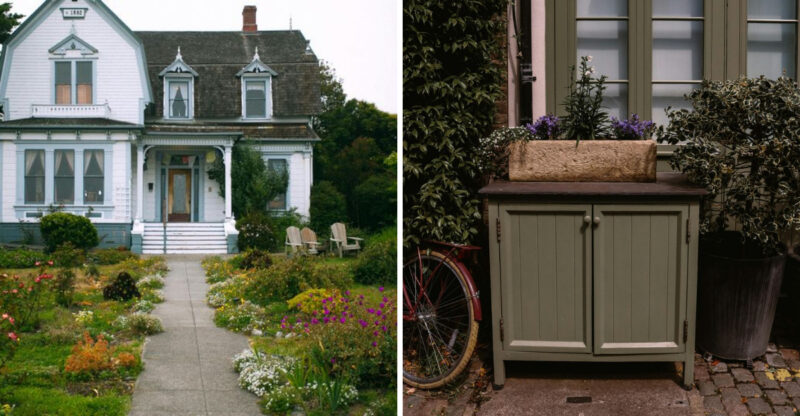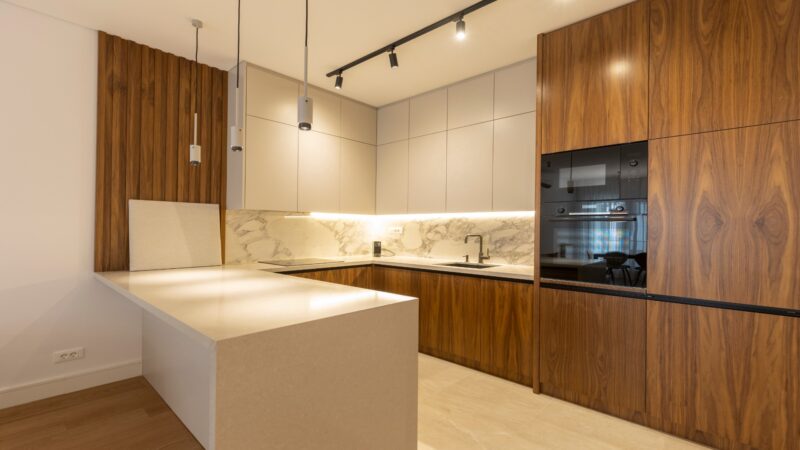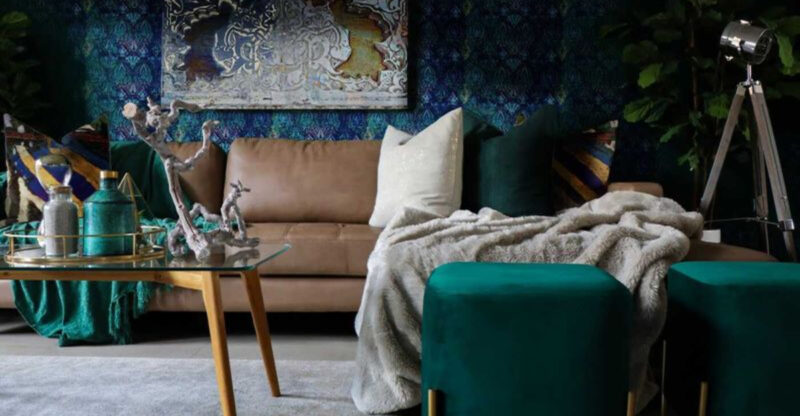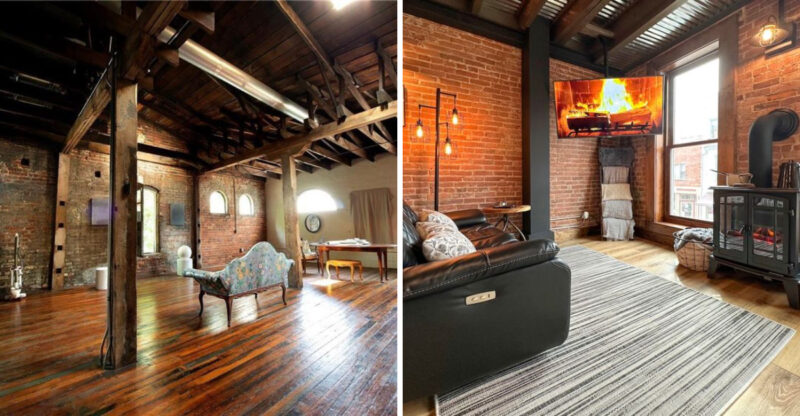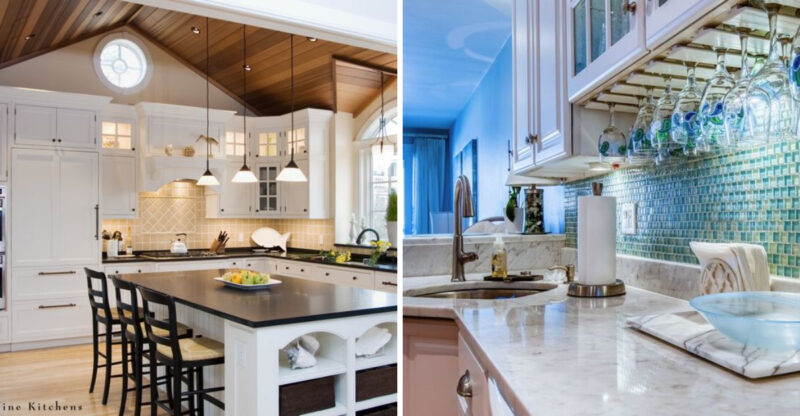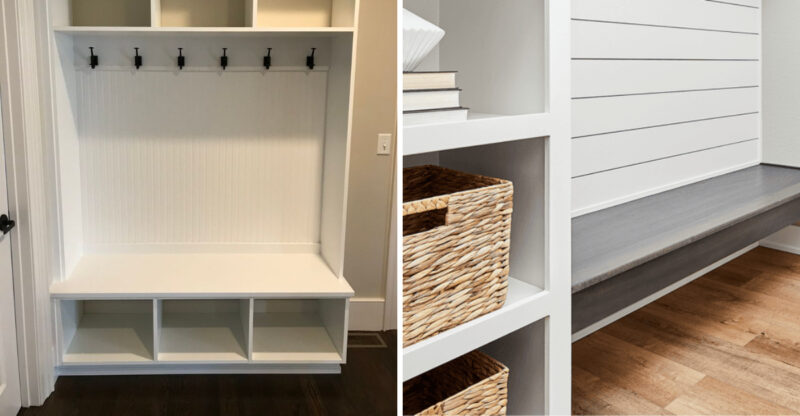A Pattern Bedding Trend That May Appeal Even To Minimalist Design Preferences
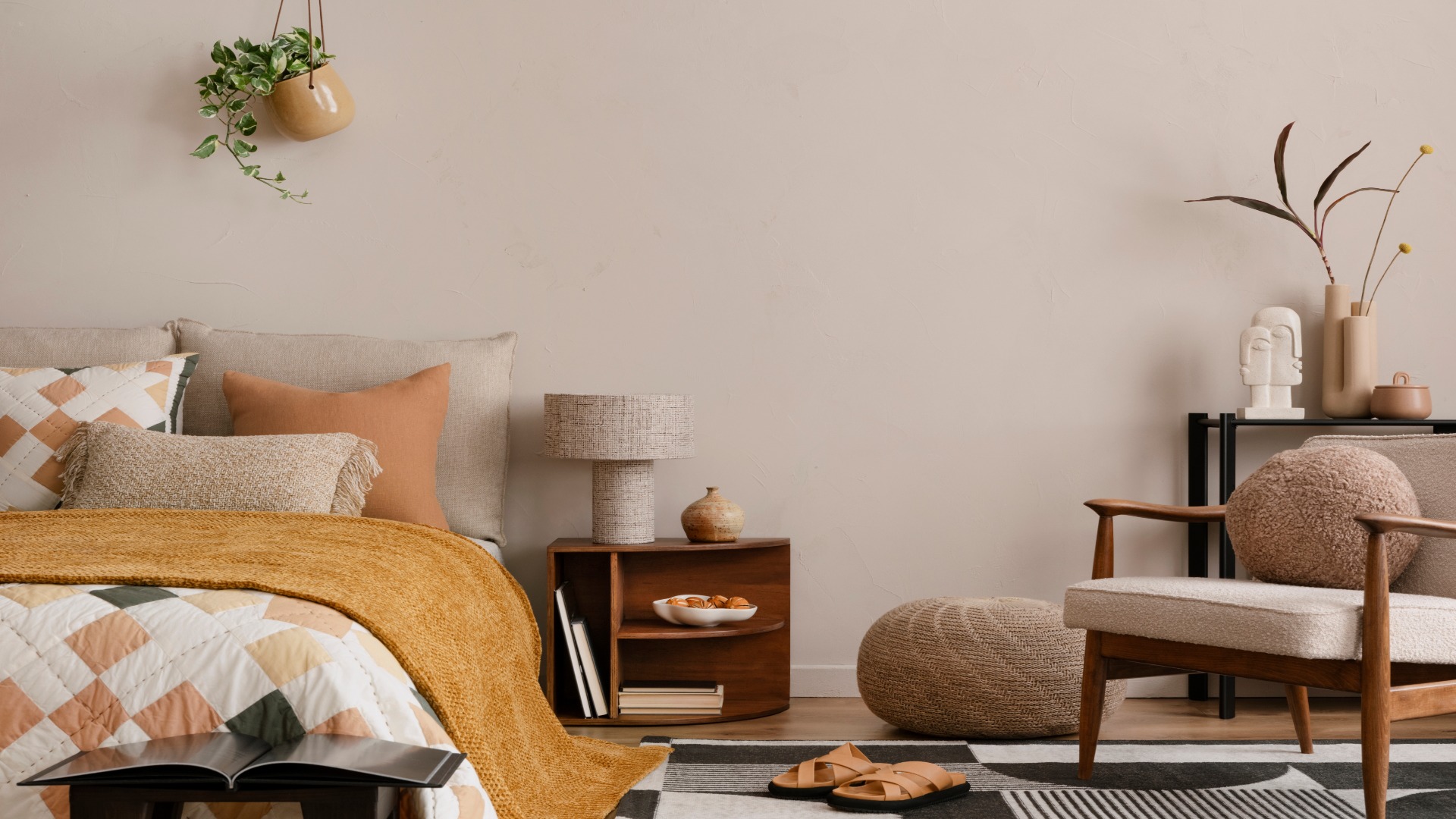
Minimalism embraces restraint, yet true sophistication often lives in the subtle details. A new wave of bedding design masterfully incorporates pattern without compromising the serene, uncluttered essence of a minimalist sanctuary.
These textiles offer a nuanced approach to personal expression, proving visual interest and tranquility can coexist. The quiet luxury of this trend lies in its deliberate execution, transforming the bedroom into a curated haven of textured calm.
This content is for inspirational purposes only. Individual results may vary. Always consider your personal style preferences and consult design professionals for tailored advice.
1. The Rise Of Quiet Luxury In Textiles
Quiet luxury has transformed bedroom textiles beyond recognition. Unlike the loud patterns of past decades, today’s sophisticated designs take a more restrained approach.
Minimalists appreciate this method that adds visual interest without sacrificing tranquility. The result feels intentional rather than accidental – a curated look that elevates the entire bedroom experience.
2. Strategic Scale And Subtle Motifs
Micro-patterns have expanded minimalist bedding options. These tiny, repeating elements create texture from a distance while revealing delicate details up close.
Think pin-dots, hairline stripes, or miniature geometric shapes in tone-on-tone execution. It satisfies the minimalist craving for simplicity while adding a layer of sophistication that plain bedding simply cannot achieve.
3. A Restrained And Monochromatic Palette
A restrained color palette defines this minimalist-friendly trend. Pattern bedding that stays within a tight color family – think varying shades of the same hue – creates depth without chaos.
Cream-on-white, charcoal-on-gray, or navy-on-blue patterns maintain visual calm while providing subtle dimension. This approach maintains minimalist simplicity while adding subtle visual rhythm to the bedroom.
4. The Impact Of Texture Over Color
Texture has emerged as the minimalist’s secret weapon. Jacquard weaves, matelassé, and subtle embossed patterns create interest through touch rather than bold visuals.
Light on these textured surfaces creates natural shadows and highlights. This sensory detail adds depth while preserving the serene, uncluttered aesthetic that defines minimalist style.
5. Focus On Form And Line
Architectural influences have transformed pattern bedding for minimalist spaces. Clean, geometric lines and abstract forms create rhythm without fussiness.
Simple repeating elements such as thin stripes, grids, or basic shapes appeal to the minimalist love of order. These patterns often draw inspiration from modernist design principles, showing that patterns can be as disciplined and intentional as any minimalist element.
6. Curating A Calming Yet Layered Look
Strategic layering enhances patterned bedding in minimalist spaces. By combining complementary patterns at different scales – perhaps a subtle stripe with a tiny dot – depth emerges without overwhelming.
The key is to maintain a consistent color scheme and leave negative space between elements. This approach creates visual interest that rewards closer inspection while maintaining the peaceful, uncluttered feel minimalists cherish.

